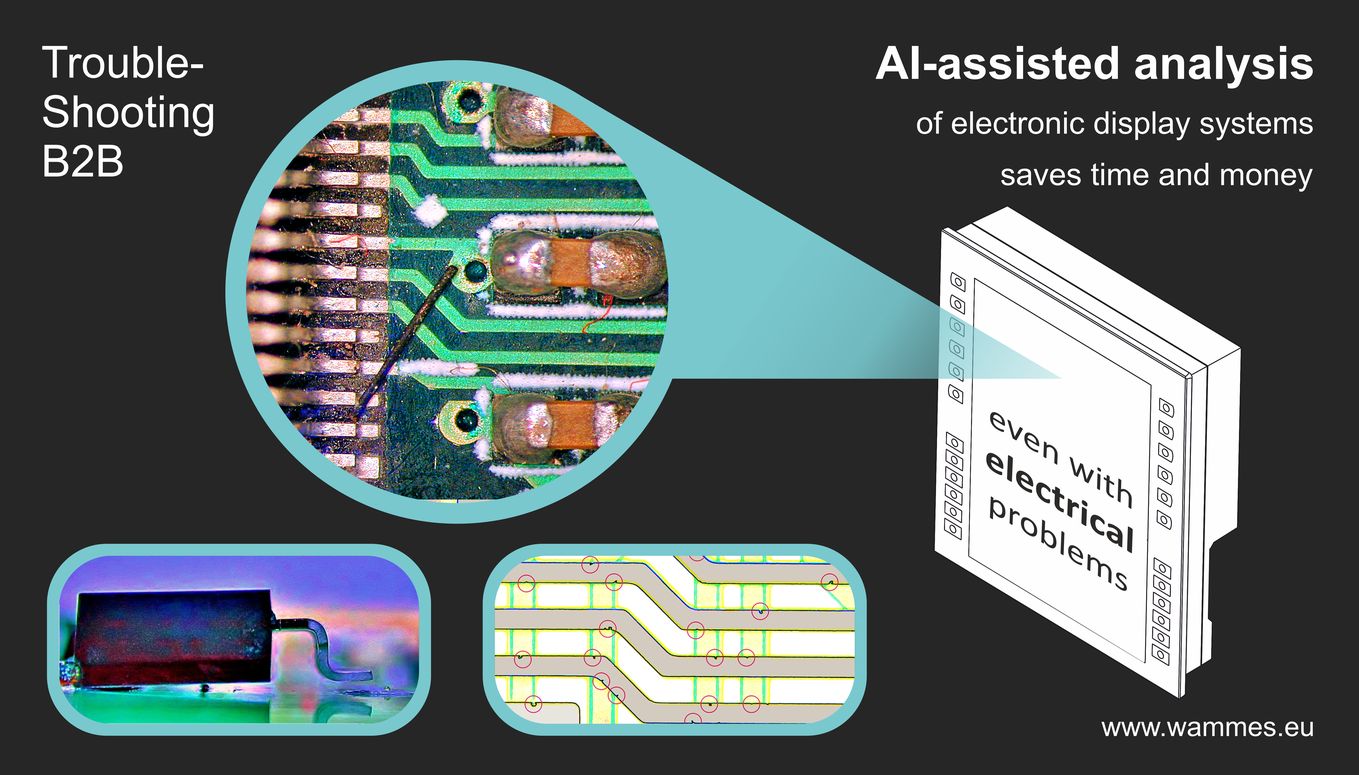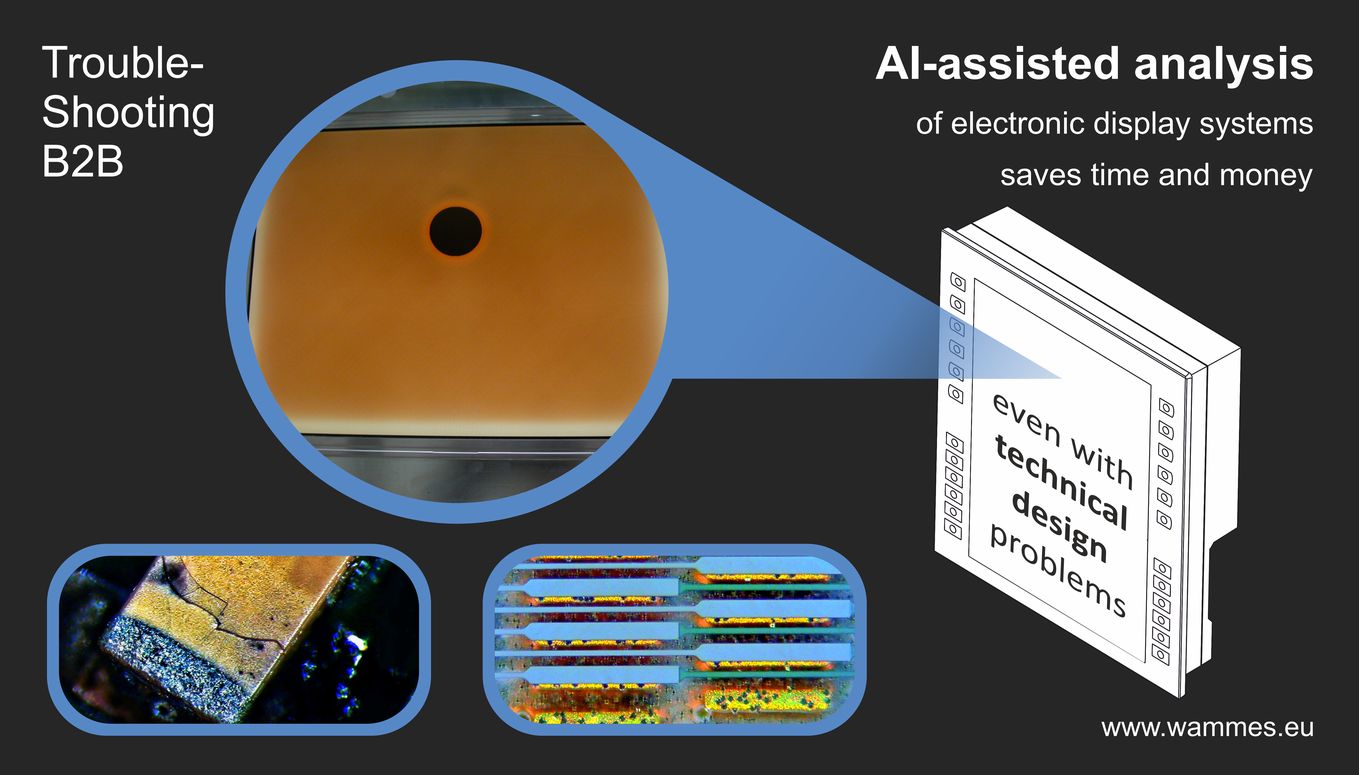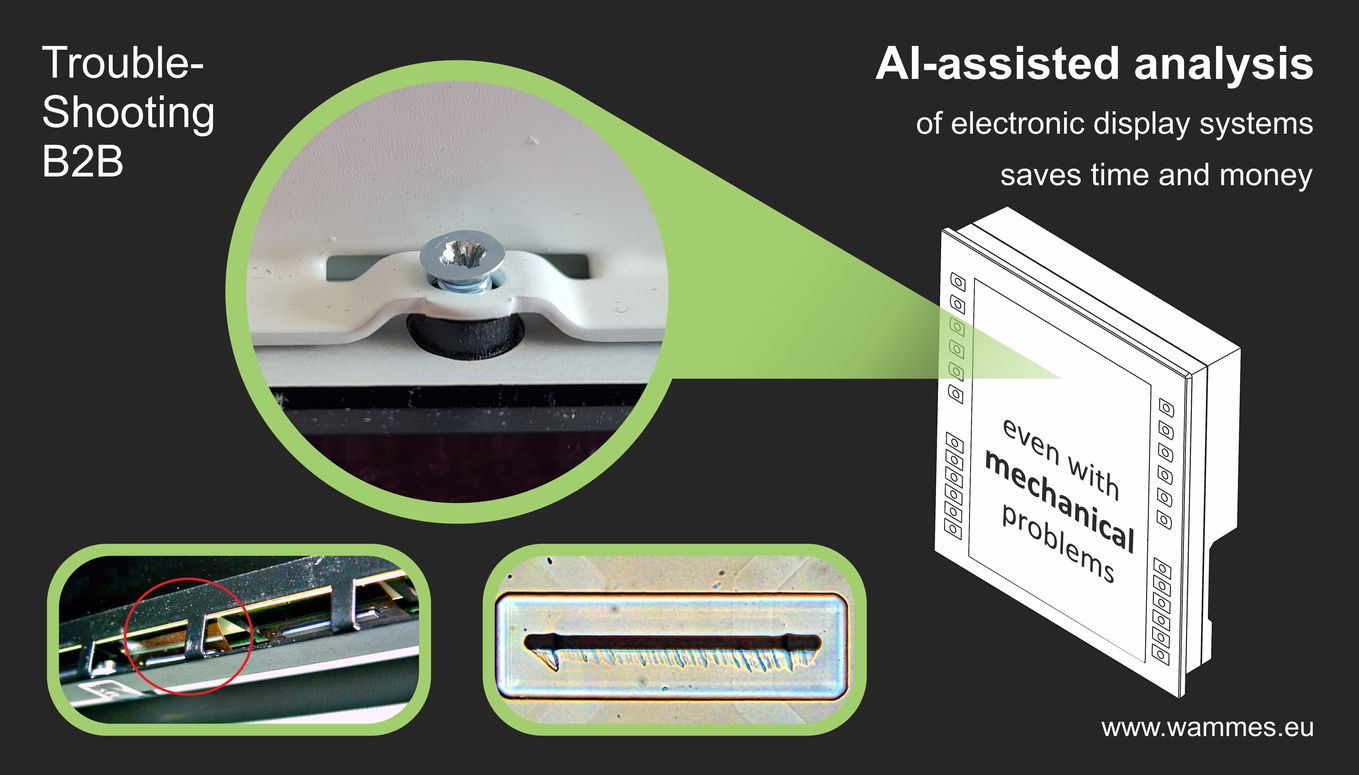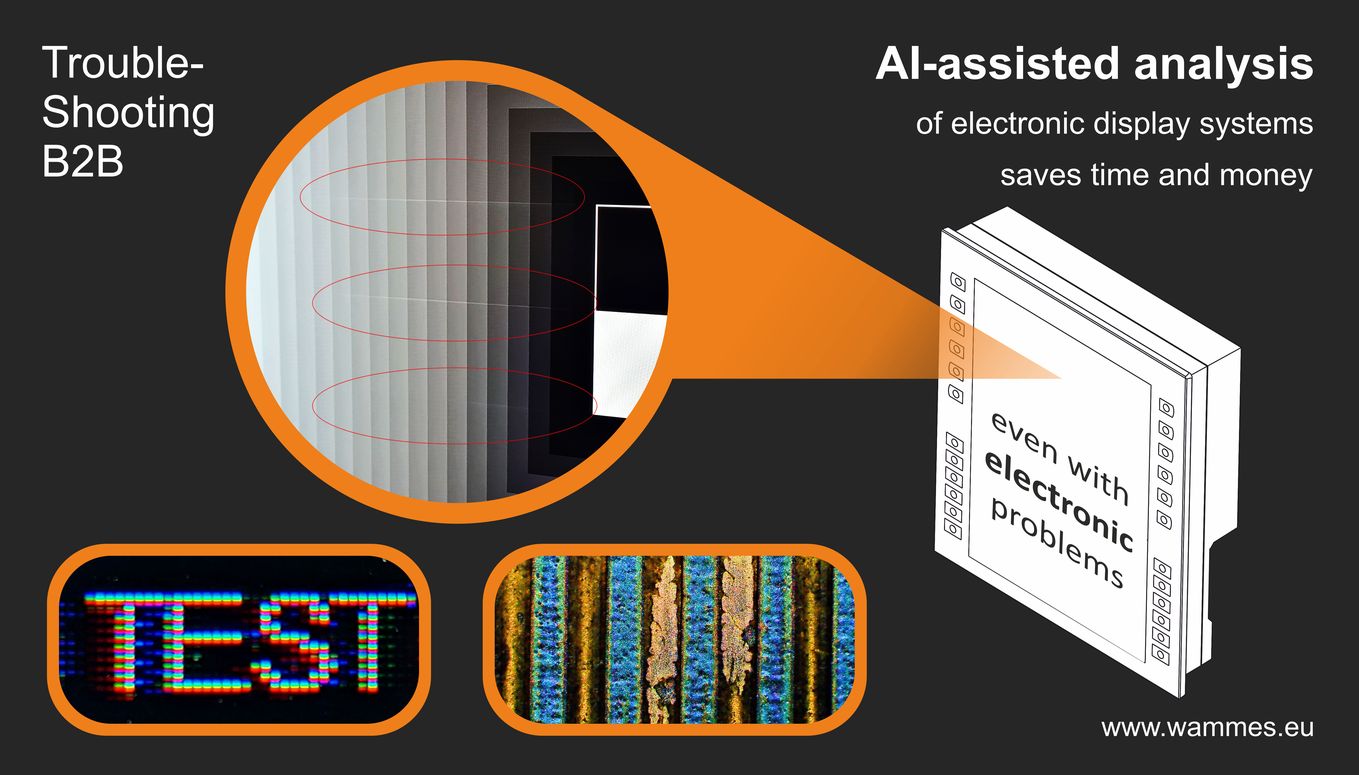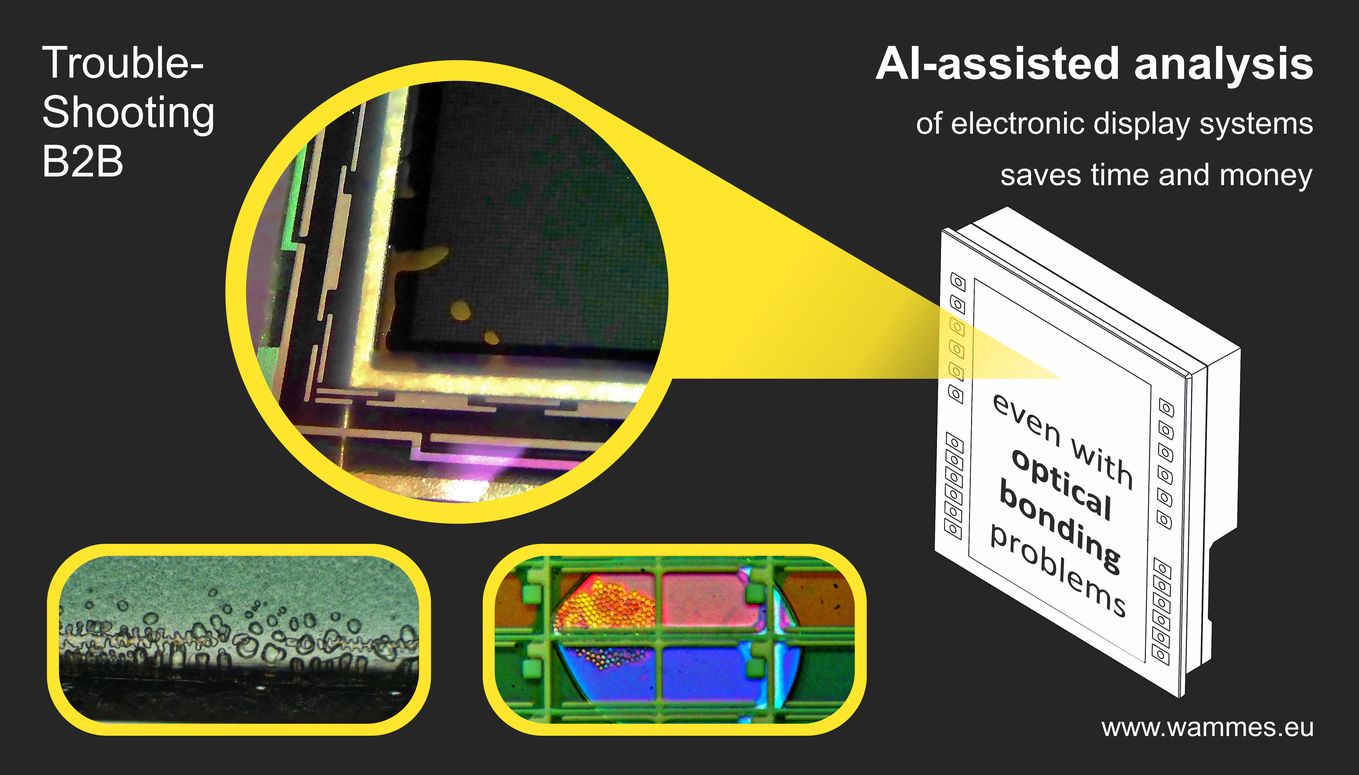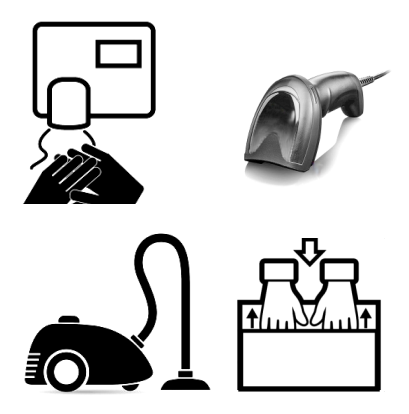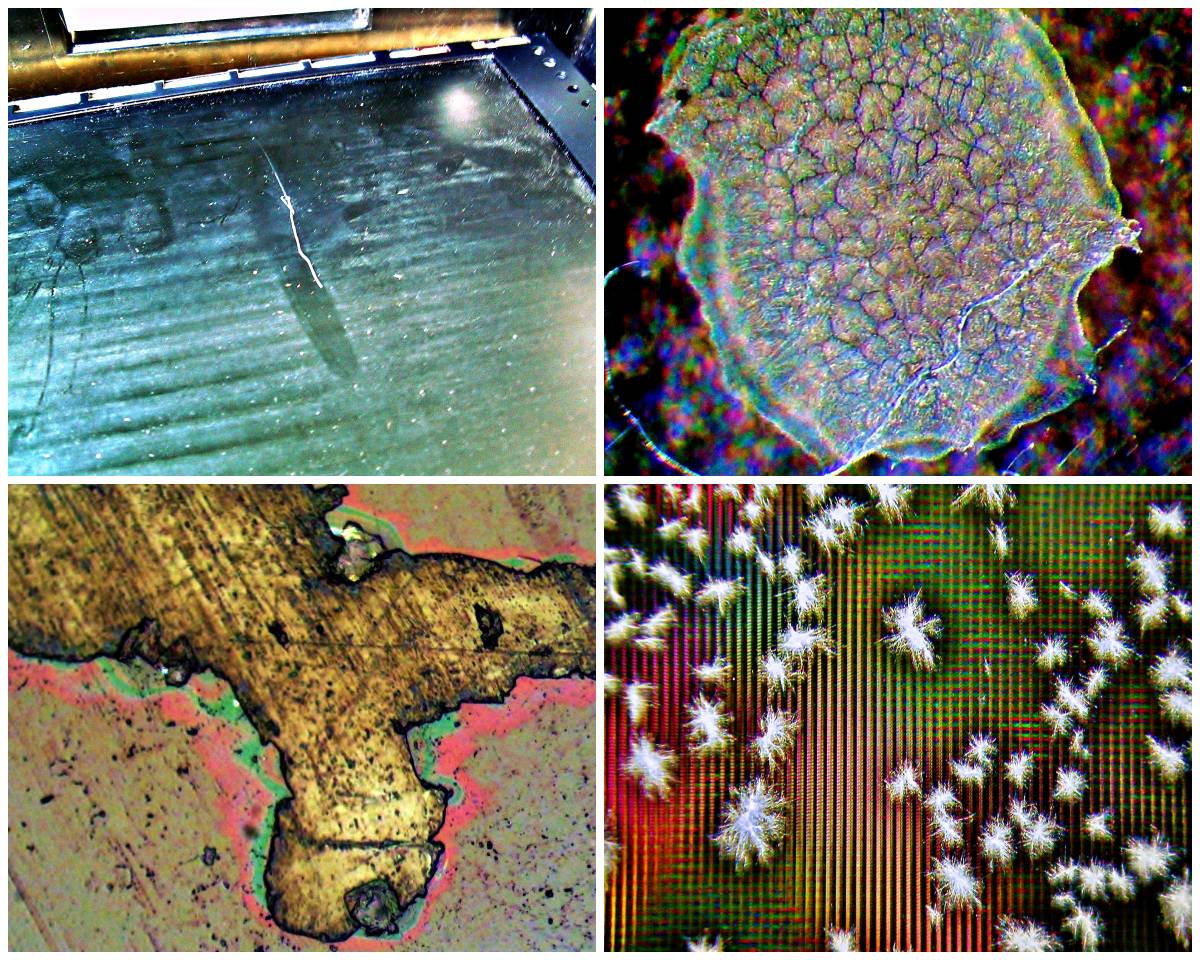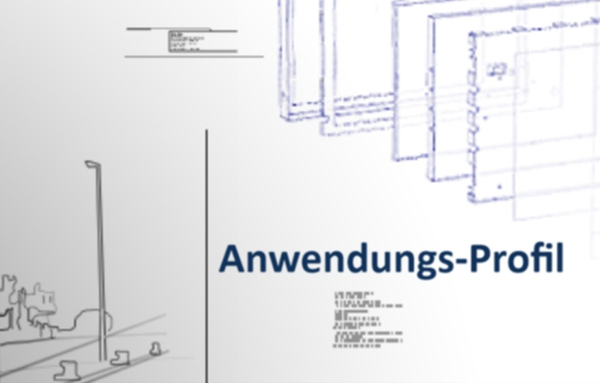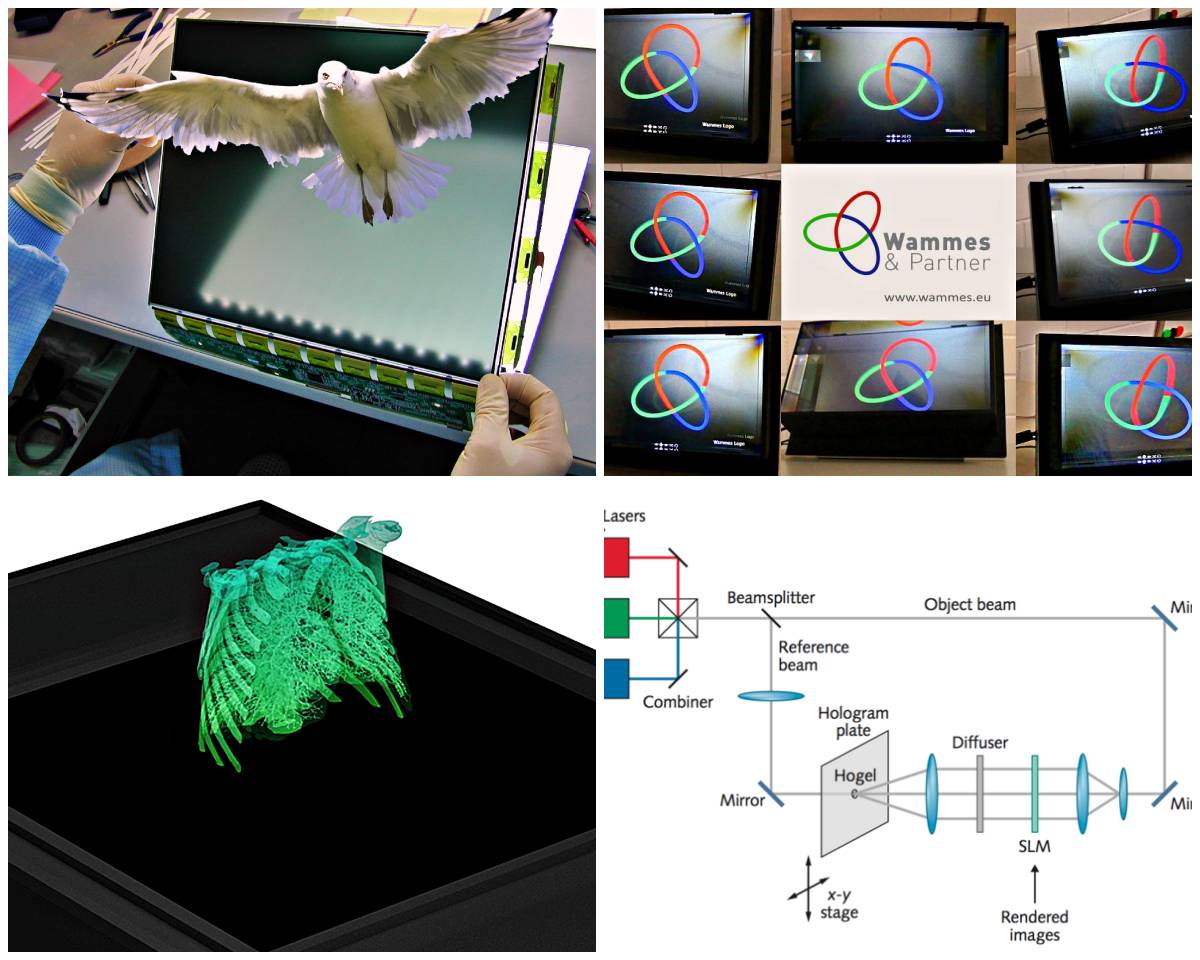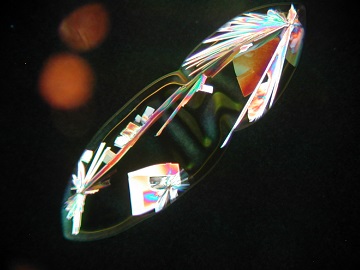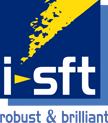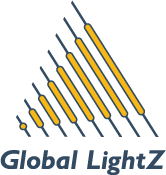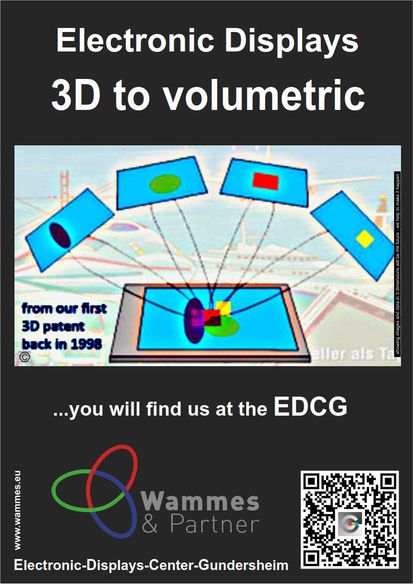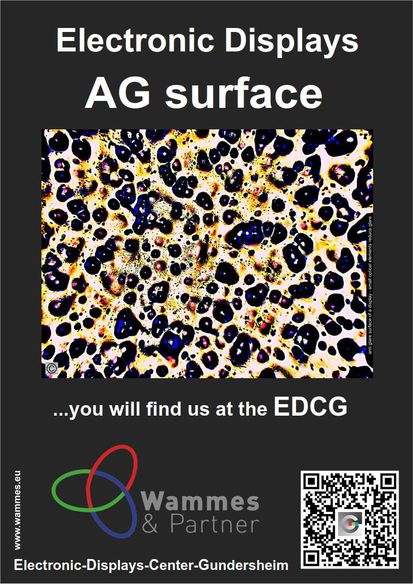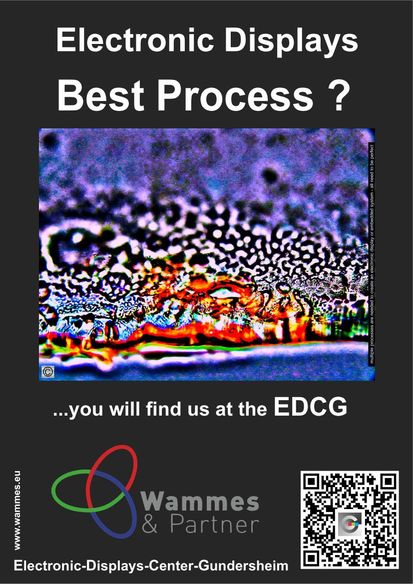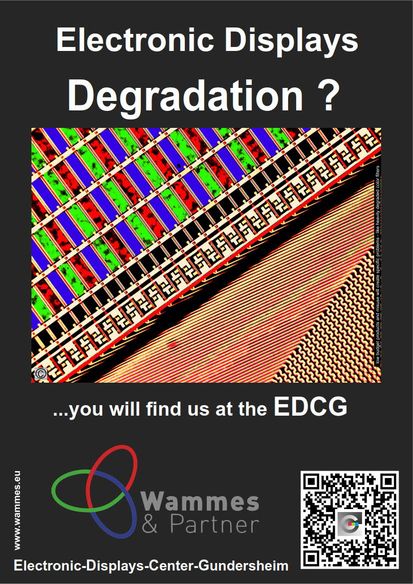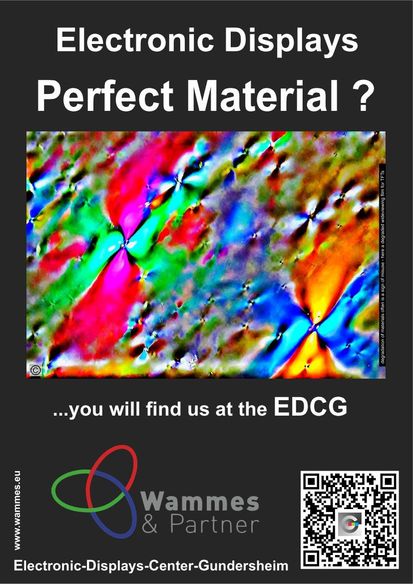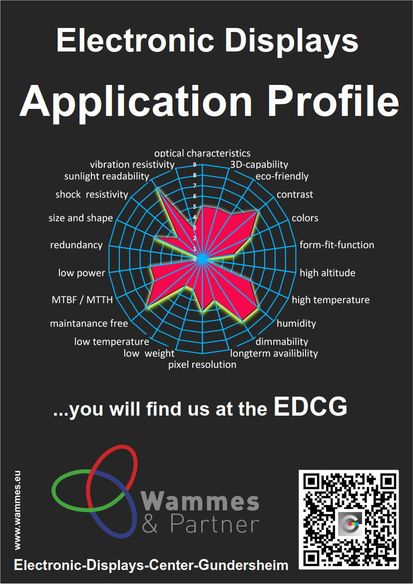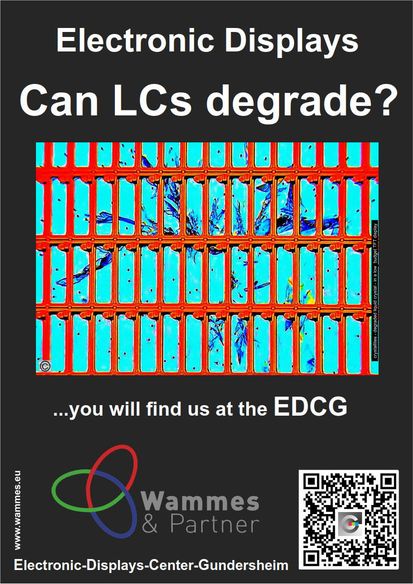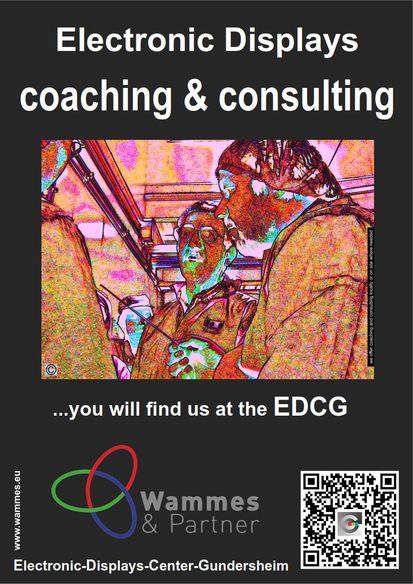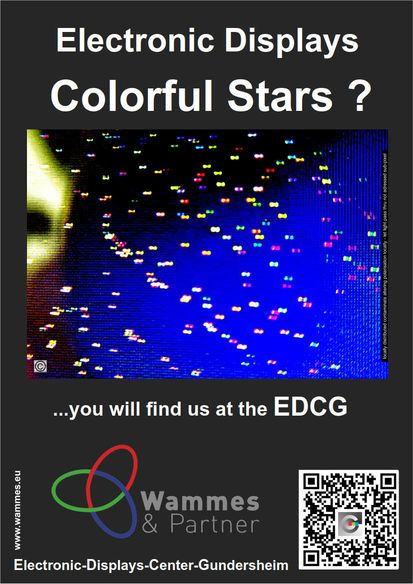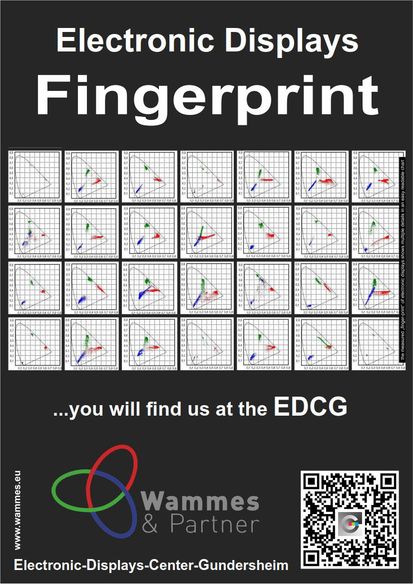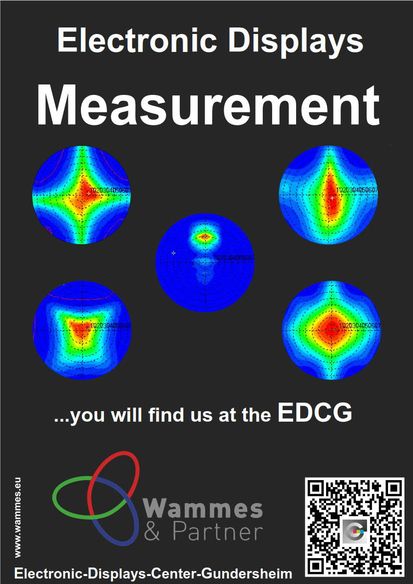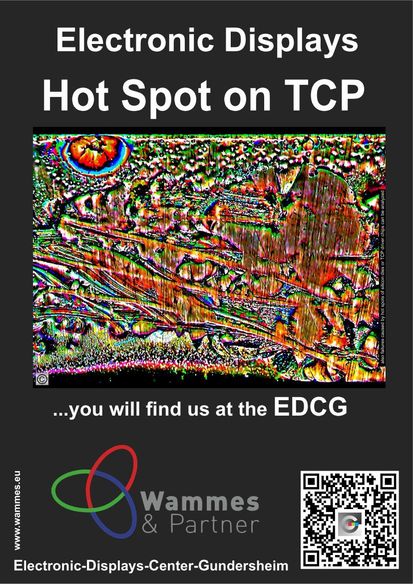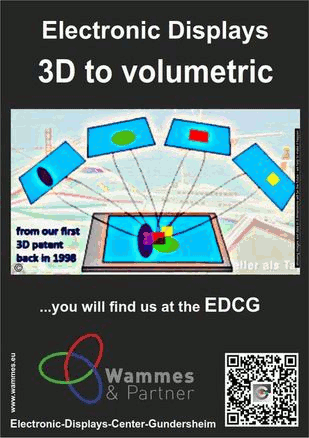Wammes and Partner GmbH give three suggestions for qualitative optical bonding
TechHub Gundersheim, Germany, May 24th 2016. Do not hope for a cure-all, but check fundamentally valid approaches to produce high-quality optical bonding. That is the expert advice by Klaus Wammes, CEO of the German Wammes and Partner GmbH. The internationally recognized specialist researches and produces in the field of optoelectronics, with a focus on electronic flat panel displays, light generation and distribution. Among the key areas of his business are also the consulting and implementation of optical bonding of every type. The expert summarizes three important tips.
Wammes basically advises to consider all the advantages and disadvantages of chemical or physical bonds. Moreover, according to him, numerous other quality obstacles are regarded little or too late. "We know from practical insights what results follow on which processes. Beside basic physical and chemical behavior especially material, application and service life must be considered holistically for a high-quality optical bonding. The success is significantly depending on how these factors are adjusted”, says Wammes. "Roughly speaking, it's not enough, to apply bond B to material A and then connect it with material C."
In addition, it is important to work precisely already when making a jig. Bonder should mechanically assure that the parts remain in exactly the position to each other, in which they are to be bonded. The tolerances are minimal. Also, for a visually clean bonding, bonders actually have to work clean. Wammes: "That may sound trivial, but the parts that are to be bonded may not be smeared with glue in the jig. Otherwise, the first lamination process already contaminates the whole apparatus." By this, cleanings, which are recommended anyway, can be reduced to a minimum.
Finally, the choice of adhesives is also critical. A liquid resin (OCR) is distributed effectively and adheres well. On the other hand it runs, if a three-dimensional body like a curved display has to be laminated. An adhesive film (OCA) usually is advisable with plain or parallel applications that are quite simple. However, the coefficient of expansion of the different materials is always to be regarded. To prevent too much material such as wrinkles or drops, an adhesive mass, the so-called Precured can be used. Though, this adhesive is very susceptible to dirt in the processing and not widely used. Through the required work in a vacuum operators require also a higher machine knowledge.




